Anybody who has read my work will know something of my admiration for Rum Nation, a company that came to my attention back in 2011 and which I’ve followed ever since. As Yesu Persaud springs to mind when thinking of DDL, or Luca Gargano is indelibly associated with Velier, Fabio Rossi, the CEO of Rossi & Rossi, is the man whose name is synonymous with Rum Nation.
The Venetian family of Rossi has been in the business of spirits and general trading for a long time, even though Rum Nation has only been in existence since 1999. Its sister company Wilson & Morgan predated RN’s formation by nine years (it’s into whisky — I like to joke that Fabio only realized his mistake after many years and formed Rum Nation to apologize) and the family involvement in spirits dates back to the pre-war years, when the Rossis dealt in wine. The original patriarch of the family, Guiseppe Rossi, was a wine and oil merchant with a small and thriving business, and after the turmoil of the second world war, his son Mario took over the company and expanded it. Rising success and profits in the 1960s persuaded Mario Rossi to begin importing whisky from Scotland, mostly blends – at the time whisky didn’t have quite the same exclusive cachet it later acquired; as time passed and craft and premium blends took center stage, such higher quality spirits were imported directly from the source distilleries in Scotland.
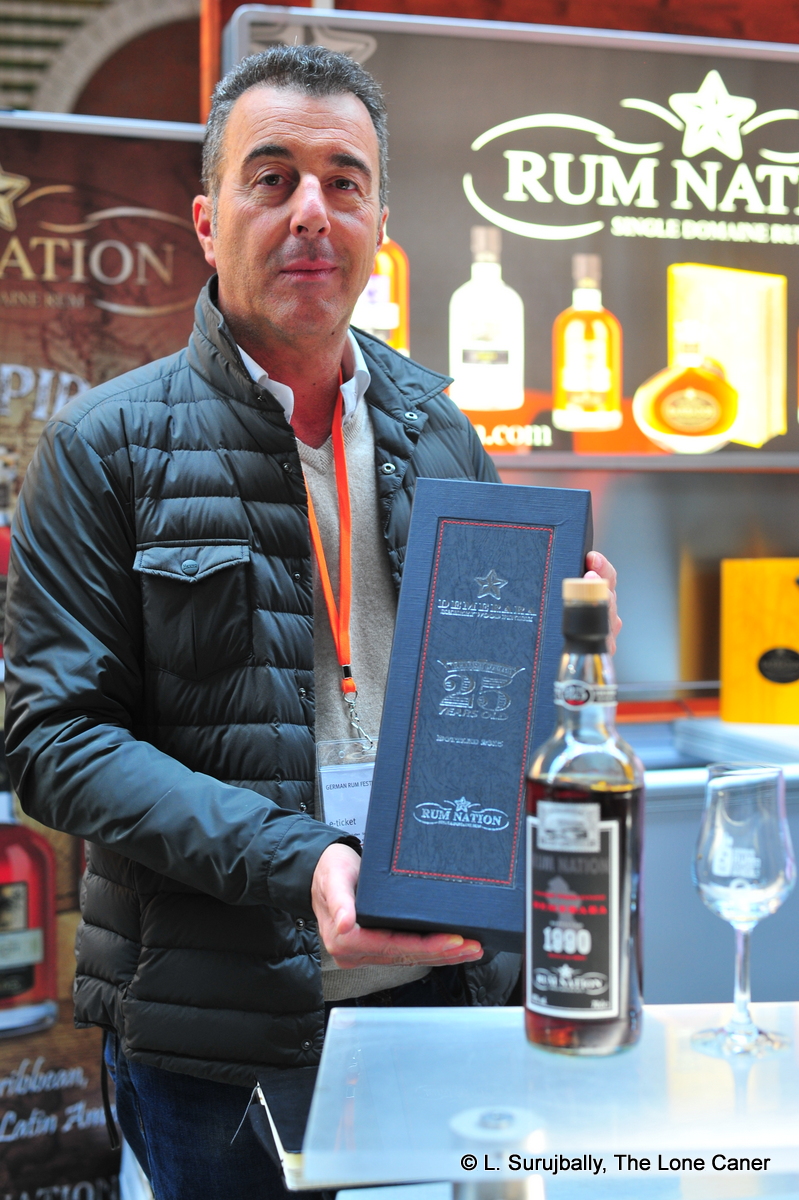
Fabio Rossi, 2014 German Rum Fest
In the 1980s this portion of the business became so successful that the Rossis – both of Mario’s sons, Walter and Fabio, had by then joined the company – introduced craft spirits to their portfolio. These were single malt whiskies, independently bottled by the company, and, as time went on, stocks that made up these bottling were selected by Fabio Rossi. Fabio had trained as an oenologist in Conegliano, and, like many successful independents, married both education and experience into a personal philosophy summarized by the statement: “Trust your palate and your instinct.” The creation of the “King of Whiskies” brand encapsulated that idea – Fabio went personally to Scotland in 1990 to source his selections, went into partnership with W. M. Cadenhead and created the line of “Barrel Selection” whiskies with a new company, which he called Wilson & Morgan.
Wilson & Morgan exists to this day, and rode the wave of independent craft bottling of aged single malts. But as it happened, in his search for whiskies, Fabio often noticed that next to ageing barrels of such single malts, were other barrels: rums, old ones, brought over from the Caribbean to mature more gradually. Often they were blended into the more popular navy rums of the day, rather than being issued in their own right. He conceded that at the time he had no clue about rums, really…he tasted them and moved on. Yet he never forgot; and after the explosion of El Dorado on the scene in 1992, he saw the opportunities. After all, if the expertise garnered in the whisky business should be readily transferrable, then distilleries previously making average grog could produce aged and off-the-scale quality rums with some judicious ageing and blending. Too, the world in the 1990s was already moving towards exclusivity in spirits like vodkas, tequilas, whiskies…why not rum?
He discussed the idea with another Italian, a business colleague of the family, Silvano Samaroli (a whisky broker and bottler since 1968, and who also made and makes craft rums), and that gentleman gave him the necessary background education in the various rum styles, as well as pointers regarding marketing and business strategy. (As an aside, Mr. Samaroli may be one of the first to take craft bottling of rum seriously, but that’s another essay entirely.)
Armed with this information, and being unwilling to blend the recognized W&M brand with an upstart drink which could crash and burn (okay, that’s the storyteller in me reaching a bit), Fabio formed Rum Nation in 1999; many of the characteristics of W&M were copied wholesale for this new company – the rigourous sourcing of stock from obscure and not-so-obscure distilleries, partial maturation in Europe, the finishing in other casks (port, rum or marsala casks, for example). As before in his Scottish adventure, Fabio Rossi went island hopping around the Caribbean, sourcing what he could, buying what he liked, sometimes leaving the barrels in situ, sometimes shipping them to Europe. The ethos of both companies, unsurprisingly, remains very much the same: source barrels from favoured distilleries based on personal investigation, age and blend further as appropriate, and issue. Expand the line into other niche markets and other distilleries and countries and styles, as the business grows.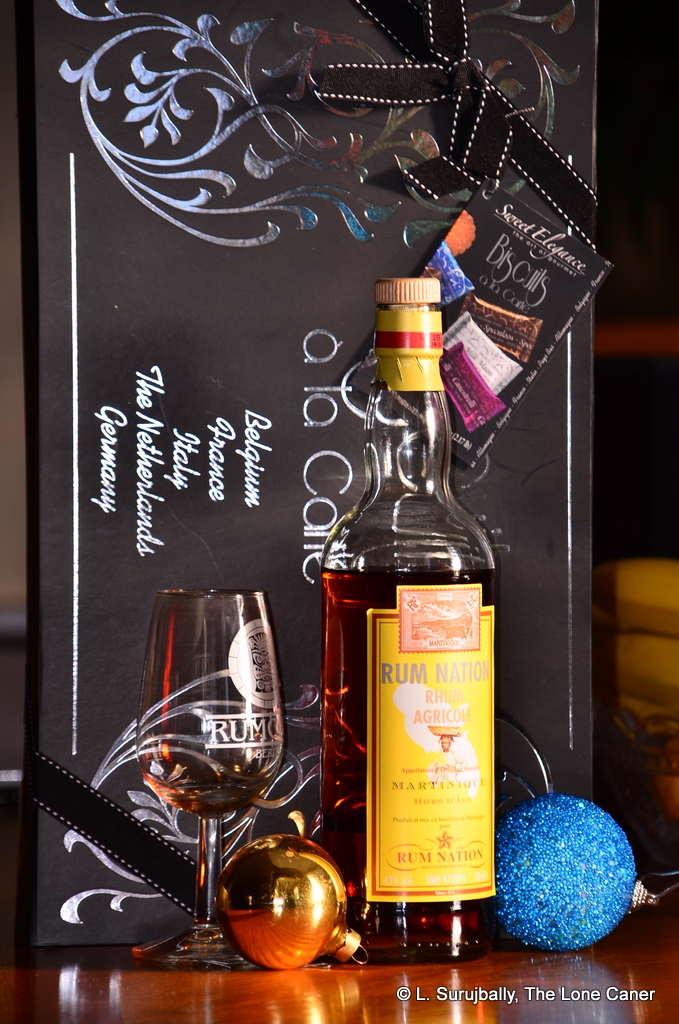
Unlike the recognized and recognizable distillery-profiles of Scotland – after all, which dedicated Maltster can possibly confuse an Ardbeg with a Glenfarclas? – rum profiles are more generally associated with islands, or even whole regions, not often specific distilleries (though this does, of course, occur). This led to the decision to produce and market rums by such regions – Demerara (for Guyana), Jamaica, Barbados, and so on – though many really rarefied snooters can tell, or at least hazard a guess, whether the Enmore, Longpond or Rockley still produced a given rum for these.
The first rums RN issued were Demeraras and Jamaicans, in 1999 and 2000. I’d dearly like to know what kind of impact they had on the marketplace, but one thing is certain – in 2014 they can only be classed as collector’s items, and are as rare as hen’s teeth. I imagine that the reception of these rums was extremely positive, because Rum Nation expanded the line to include rums from several other parts of the Caribbean and Latin America, in the subsequent years: expressions hailing from Martinique, Trinidad, Nicaragua, Panama, Guatemala were added in short order. Fabio may have eschewed distillery-specific marketing, but he certainly did his best to raise the rum-profile of whole countries, over and beyond national brands previously and solely identified with them (and which were distillery- or estate-specific), like DDL, Mount Gay, Flor de Cana, or Longpond, to name a few. I don’t doubt that he used stock from those places, he just refused to identify them as such, and made his own specific blend from what he found there.
Two rum marques that deserve mention are the Millonario and the Reimonenq line, because both resulted in rums (and in the former case, a company) that were ostensibly apart from Rum Nation, yet beefed up its profile.
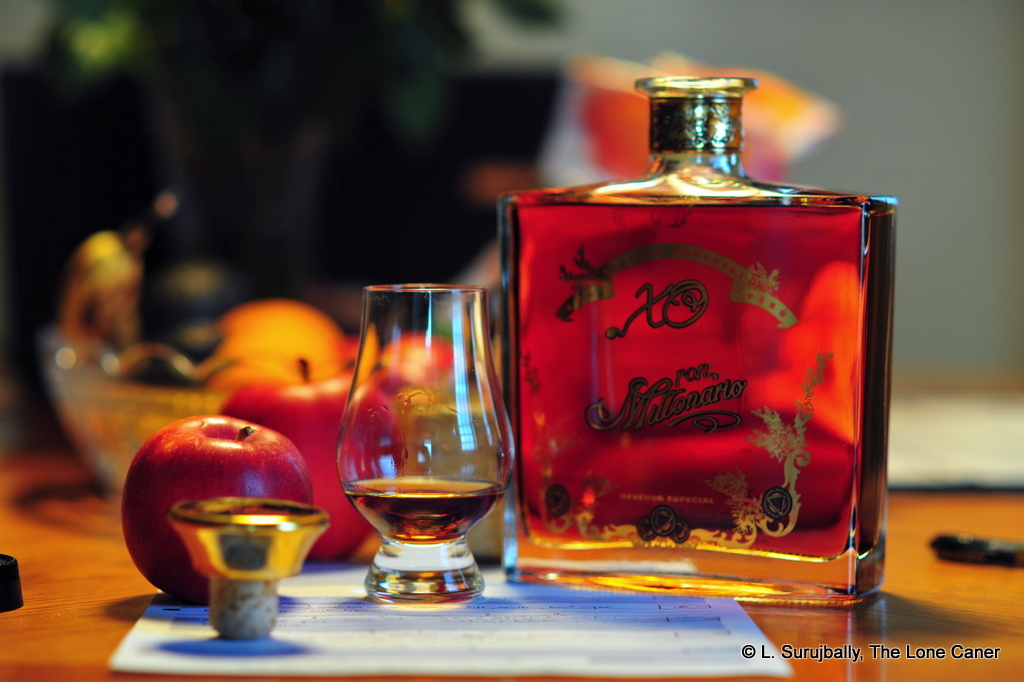
The success of Zacapa in Italy in 2001 made Fabio resolve to find something that could take it on, if not actually exceed it: in Peru in 2004, he discovered a small distillery (he never named it, and while I think I know which one it is, I’m still not 100% certain) that made a delicate and sweet rum in the solera style. With skills garnered from Lorena Vasquez of Zacapa – she, like Mr. Samaroli years before, provided Fabio with the core information on setting up a solera system, how to mix barrels (different sizes and woods) in order to blend distillates with different aromatic profiles and ages to obtain a balanced final vatting. The resulting rum was a phenomenally smooth product – the Millonario Solera 15 and the XO, the latter of which is, in my opinion, a smidgen better (but also more pricey). I leave it to you to decide whether they are either or both better than the new (or old) Zacapa that is a perennial favourite among rum drinkers of the world. The XO in particular has received rave reviews from across the board (mine among them), is a constant favourite of my wife, and the 15 may be one of the best value-for-money rums of its kind ever made. However, it must also be noted that these rums in particular – as well as several others in the lineup – have received scathing criticism over the years for the practice of “dosing”, or the adding of caramel / sugar / additives. Some writers and connoisseurs refuse to drink them at all and discussions on the online fora both condemn the practice as well as take Rum Nation to task for not providing better disclosure.
Assigning the Reimonenq rums to Rum Nation is somewhat problematical. In this instance the Reimoinenq name of these agricoles maker was left intact, and the rums Fabio found on Guadeloupe distillery (still family owned) were bottled under that name as a special edition exclusive to Rossi&Rossi – so are they Rossi products or not? I’d suggest they are, because he selected them and was instrumental in their issue. When asked about why he chose this path to market the rums – i.e., separating them from the Rum Nation line, which already had a very good Martinique rum or two and a Guadeloupe – he remarked that the extreme character of the rum might have come as shock to the palates of his core constituency, who were more used to the softer rums RN had issued to that point. (I have never tasted any, so cannot comment on the reputed tastes of wood, licorice, coffee, oil and Tobermory and Ledaig single malts which comprise the profile). You might note that this kind of caution has been eroded somewhat with the unaged, feisty and pungent Jamaican pot-still full-proof white rum which Rum Nation issued in 2014. Clearly Rum Nation now has enough hard-won street-cred not to worry overmuch about the potential of one poorly received edition among many.
The technique of acquiring the knowledge and expertise of others in the field did not stop there. A particular point of pride for Fabio was the creation of the two Panama rums (the 18 and 21 year old, released in 2004 and 2010 respectively), which came about after a meeting with Don Francisco Fernández, a Cuban Master Blender well known for his work with the Panamonte line, possibly the Abuelo rums (my supposition – I’m not sure, but the tastes hint at the possibility) and (I sigh to say it) Ron de Jeremy. Don “Pancho” was instrumental in creating the blend of “mezcla” for the luxury 21 year old, about which I was extremely enthused, and which I think is a remarkable rum for its price (Can$100 or so).
The philosophy of the company remains stable, and firmly married to that of Wilson & Morgan. Rum will continue to have a primary ageing cycle in the tropics, and secondary ageing and finishing in Europe. To quote Fabio – “The first [ageing] is more intense, it helps the distillate to lose the ‘young’ notes and to take up sweetness and fruitiness (also thanks to a large percentage of ex-bourbon barrels). The problem is that after some years under the Caribbean sun, alcohol levels fall too low and the wood starts to dominate. Here the second phase comes to our aid, letting the subtler aromas come out slowly and allowing us better control of the flavour profile by means of different barrel sizes, smaller or larger according to how much we want to have oak influence on the rum or simply let it rest and soften up, leaving time to work its magic on the distillate rounding it up with the elegance that only a long wait can give. In this second phase we can play freely, like tailors, to shape our bottlings according to our taste, and it’s as important as the choice of distillate coming out of the stills.” Depending on the desired finish, barrels from the Spanish bodegas are often used – sherry, Pedro Ximenez, or even barrels which once held Spanish brandy.
The years 2014 to 2016 saw Rum Nation moving into progressively different areas, all of them interesting. The bottle shape was redesigned (the stamps remain on the labels); the Jamaican pot still rum is to be released in progressively older variants, a Panama 18 solera was issued in 2015 and the old Demeraras and Jamaicas got another iteration. And at last, in 2016, Rum Nation went all in and began to sell their Rare Rums, initially made up of three older Demeraras, and additional Jamaican and Reunion rums issued in 2017. The rationale here was to appeal to the “most jaded” connoisseurs who demanded not only unfiltered, unadulterated country-specific rums, but still-specific, cask-strength products (the Supreme Lord and aged Demeraras were never consistently from the same estates/stills).
I imagine it will be just a question of time before many other countries’ rums get this treatment as well. As far as Fabio is concerned, the search for new products to expand his catalogue is neverending. Like all companies that have found a growing niche market with dedicated consumers wanting to extend their horizons beyond the obvious, you can tell RN is positioning itself to expand even further into rum bottlings as esoteric and eccentric as my questions. So while it was never stated outright, I imagine we’ll be seeing aged and stronger variations of the old favourites, some more agricoles, and maybe rums from even further afield…India, maybe, or even Fiji, Thailand, or Australia. It’ll be a fun experience, watching it all unfold in the years to come, and one thing is for sure, we’ll be enjoying them. I know I will.
***
Some opinions and notes of my own, over and beyond the facts as reported above:
I wanted to remark on the difference between the maturation philosophies of the two companies, Rum Nation and Velier, or, as I like to joke, Athens and Sparta. Velier, as I noted in their company profile, does not muck about. Cask strength, bam, always fully matured in tropics, so here, take that – there’s something awe inspiring about their commitment to brute simplicity, austerity and quality. And then there’s Rum Nation – softer and perhaps more elegant stylists, who age their barrels in situ and then in Europe. They issue rums at middling strengths (generally 40-45%), almost nothing in power like the massive blows of a full-proof (this began to change in 2014, and in 2016 really took off with the Small Batch collection). There’s a soft kind of serene voluptuousness about their rums, yet also a real heft and thickness that transcends mere taste and encompasses texture, mouthfeel, how it fades – it’s really lovely stuff, and even the rums Fabio tosses off as “entry-level spirits” were, to me, a cut above the ordinary. One company adheres to a minimalist, strong-is-better philosophy, and I can just imagine them throwing out the weak or the unfit; the other takes some time, babies its offspring a bit, takes them on journeys, changes their barrels and seems a bit more playful. Both take their s**t really seriously. And both deserve enormous respect because of it, different as their products might be.
***
A list of Rums RN have produced is below (updated as best as I can), linked to any review I might have done. Also included is the Millonarios and Reimonenqs, since these are brands Fabio manages as part of his overall spirits business. Please note that because of the same rum being issued with the same name in multiple years, it is almost inevitable that I would have missed something. As always, drop me a line for what I’ve overlooked.
Note that Barrel-Aged-Mind, that great German rum resource, also has a similar page on RN.
- Ron Millonario XO Reserva Especial (individual years of release unknown)
- Ron Millonario Solera 15 (individual years of release unknown)
- Ron Millonario 10th Anniversary (not a solera)
- Barbados 12 YO 1995-2008 43% (2008 release)
- Barbados 10 YO 2001-2011, 40%
- Barbados 8 YO 2002 -2010 43%
- Barbados 8 YO 2000-2008 43%
- Barbados 10 YO 2004-2014 43%
- Barbados 10 YO 2005-2015 40%
- Barbados 12 YO Anniversary (2014 release) 40% (RL Seale)
- Barbados Anniversary Decanter 2016 40%
- Jamaica Rum 25 YO 1974-1999, 45%
- Jamaica Rum 15 YO 1986-2002 45% (“Jade” JAM-DEM Robusto Blend)
- Jamaica Rum 15YO 1986-2002, 45%
- Jamaica Rum 18 YO, 45% vol.
- Jamaica Rum 31YO 1977-2008 43%
- Supreme Lord I Jamaica Rum 26 YO 1974-2000 45%
- Supreme Lord II Jamaican Rum 26 YO 1977-2003 45%
- Supreme Lord III Jamaican Rum 23 YO 1982-2005 45%
- Supreme Lord IV Jamaican Rum 21YO 1986-2007 45%
- Supreme Lord V Jamaican Rum 25YO 1985-2010 43%
- Supreme Lord VI Jamaican Rum 26YO 1986-2012 45%
- Supreme Lord VII Jamaican Rum 23YO 1990-2013 45%
- Supreme Lord VIII Jamaica Rum 25YO 1991-2016 55.7%
- Jamaica White Pot Still 2014 release, 57%
- Jamaica Pot Still 8YO 2015 Release, 50%
- Jamaica Pot Still 5YO 2016 Release 50%
- Demerara 27 YO 1973-2000 45%
- Demerara 26 YO 1974-2000 45%
- Demerara 24 YO 1975-1999 45%
- Demerara 25 YO 1975-2000 45%
- Demerara 31 YO 1975-2007 43%
- Demerara 21 YO 1980-2001 45%
- Demerara 18 YO 1981-2000 45%
- Demerara 18 YO 1982-2000 45%
- Demerara 23 YO 1985-2008 43%
- Demerara 16 YO 1989-2005 45% (private client)
- Demerara 23 YO 1989-2012 45%
- Demerara 25 YO 1990-2015 45% (sherrywood finish)
- Demerara 15 YO 1989-2004 43%
- Demerara “1989” 12 YO (2001) 45%
- Demerara “1990” 12 YO (2002) 45%
- Demerara “1991” 12 YO (2003) 45%
- Demerara 15 YO 1990-2005 43%
- Demerara 23 YO 1990-2014 45%
- Demerara 25 YO 1990-2015 45%
- Demerara 15 YO 1991-2006 43%
- Demerara 12 YO 1992-2004 43%
- Demerara 15 YO 1992-2007 43%
- Demerara 12 YO 1993-2005 43%
- Demerara 12 YO 1994-2006 43%
- Demerara Solera No. 14 Realease 2008 40%
- Demerara Solera No. 14 Release 2010 40%
- Demerara Solera No. 14 Release 2012 40%
- Demerara Solera No. 14 Release 2017 40%
- Guadeloupe Blanc (Unaged) Release 2015 50%
- Guadeloupe Blanc (Unaged) Release 2016 50%
- Guadeloupe Vieux Release 2016 40%
- Guatemala 23 YO 1982-2005 Release 2005 40%
- Guatemala 23 YO 1984-2007 Release 2007 40%
- Guatemala Gran Reserva 2018 40%
- Ilha da Madeira Rum Agricole White 2017 50%
- Martinique 12 YO Anniversary 1993-2005 43%
- Martinique 12 YO Anniversary 1994-2006 43%
- Martinique Hors D’Age Release 2004 43%
- Martinique Hors D’Age Release 2005 43%
- Martinique Hors D’Age Release 2006 43%
- Martinique Hors D’Age Release 2010 43%
- Martinique Hors D’Age Release 2013 43%
- Nicaragua 14 YO, 41% (years unknown)
- Nicaragua 15 YO 1989-2004 43%
- Panama 10 YO Release 2016 40%
- Panama 18 YO (3 pre-2004 releases, years unknown, per RN/FR)
- Panama 18 YO Release 2004 40%
- Panama 18 YO Release 2005 40%
- Panama 18 YO Release 2007 40%
- Panama 18 YO Release 1991-2009 40%
- Panama 18 YO Release 1994-2012 40%
- Panama 18 YO Release 2010 40%
- Panama 18 YO Release 2014 40%
- Panama 18 YO Release 1997-2015 40%
- Panama 18 Year Solera 2015 40%
- Panama 18 Year Solera 2016 40%
- Panama 21 YO Release 1989-2010 40%
- Panama 21 YO Release 1993-2014 40%
- Panama 21 YO Release 1995-2015 40%
- Peruano 8 YO 2008-2016 46.5% *for Denmark #1)
- Peruano 8 YO 2006-2014 42%
- Peruano 8 YO 2007-2015 42%
- Peruano 8 YO 2000-2008 42%
- Peruano 8 YO 1999-2007 42%
- Peruano 8 YO 1998-2006 42%
- Rhum Reimonenq Rhum Vieux 5 YO 2009-2014 40%
- Rhum Reimonenq Rhum Vieux 10 YO 2004-2014 40%
- Rhum Reimonenq Rhum Vieux 2003 40%
- Rhum Reimonenq Rhum Vieux 1998 40%
- Rhum Reimonenq 5 YO 2006-2011 40%
- Rhum Reimonenq 9 YO 1999-2008 40%
- Trinidad 5 YO 2012-2017 (ABV TBA)
- Trinidad Caroni 18 YO 1998-2016 55%
- Trinidad Caroni 16 YO 1999-2015 55%
- Trinidad Caroni 16 YO 1998-2014 (Batch 1) 55%
- Trinidad Caroni 16 YO 1998-2014 55%
- Venezuela 10 YO 1992-2003 43%
The Rare Collection
- Rare Collection Port Mourant 1995-2016 21 YO 57.7%
- Rare Collection Port Mourant 1999-2016 17 YO 57.4% Sherry Finish
- Rare Collection Port Mourant 1998-2016 18 YO 57.8%
- Rare Collection Port Mourant 2001-2019 18 YO 57.6%
- Rare Collection Enmore 2002-2016 14 YO 56.8%
- Rare Collection Enmore 2002-2016 14 YO 58.8%
- Rare Collection Enmore 2002-2017 15 YO 58.3%
- Rare Collection Enmore 1997-2016 19 YO 58.7% Sherry Finish
- Rare Collection Enmore 1997-2017 20 YO 56.4% Whisky Cask Finish
- Rare Collection Diamond 2005-2016 11 YO 58.3%
- Rare Collection Diamond 2005-2016 11 YO 58.6%
- Rare Collection Diamond 2005-2017 12 YO 58%
- Rare Collection Diamond 2003-2018 15 YO 58.0%
- Rare Collection Hampden 1992-2016 24 YO 61.6%
- Rare Collection Hampden 1998-2016 18 YO 66.3%
- Rare Collection Savanna 2001-2016 15 YO 52.8%
- Rare Collection Savanna 2004-2019 15 YO 62.8%
- Rare Collection Savanna 2006-2016 10 YO 54.2%
- Rare Collection Savanna 2005-2017 12 YO 59.5%
- Rare Collection Savanna 2006-2018 12 YO 59.7% Grand Arome
- Rare Collection Savanna 2008-2018 12 YO 57.4% Sherry Finish
- Rare Collection Savanna 2007-2017 10 YO 59.3% Sherry Finish
- Rare Collection Savanna 2006-2019 11 YO 57.6% Traditionnel
- Rare Collection Savanna 2007-2019 12 YO 62.7% Grand Arome
- Rare Collection Worthy Park 2006-2017 11 YO 57.0%
- Rare Collection Worthy Park 2006-2018 12 YO 58.0%
- Rare Collection Engenho Novo 2009-2017 8 YO 52.0%
- Rare Collection Engenho Novo 2009-2018 52% Whiskey Cask
- Rare Collection Engenho Novo 2009-2019 52% Amarone Cask
- Rare Collection Caroni 1997-2017 20 YO 57.8% (Sherry finish)
- Rare Collection Caroni 2009-2017 8 YO
- Rare Collection Caroni 1997-2018 21 YO 59.2% “Islay Cask”
- Rare Collection Caroni 1998-2019 21 YO 57.9%
Sources
- The Rumporter Interview with Fabio Rossi
- Rum Howler Blog Interview with Fabio Rossi
- Barrel Aged Mind
- Samaroli bio http://www.samaroli.it/eng/chisiamo3.asp
- Ultimate Rum Guide
- Rumnation.com
- Millonario.com
- Personal emails with Fabio Rossi
- Photographs courtesy of Fabio Rossi
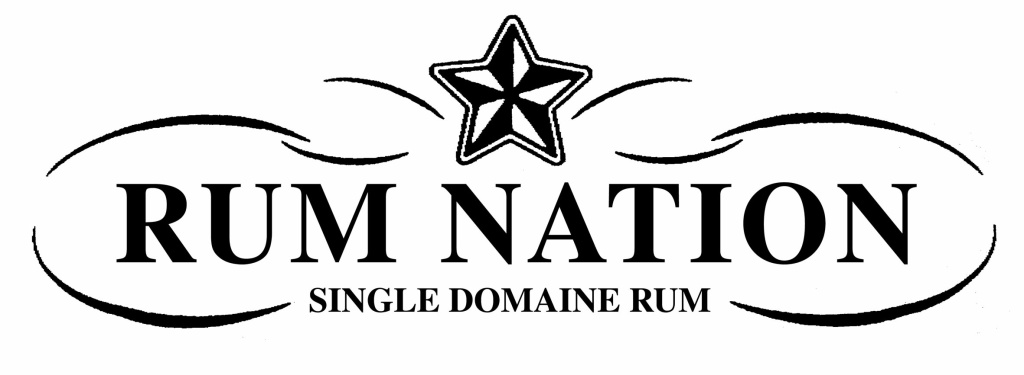
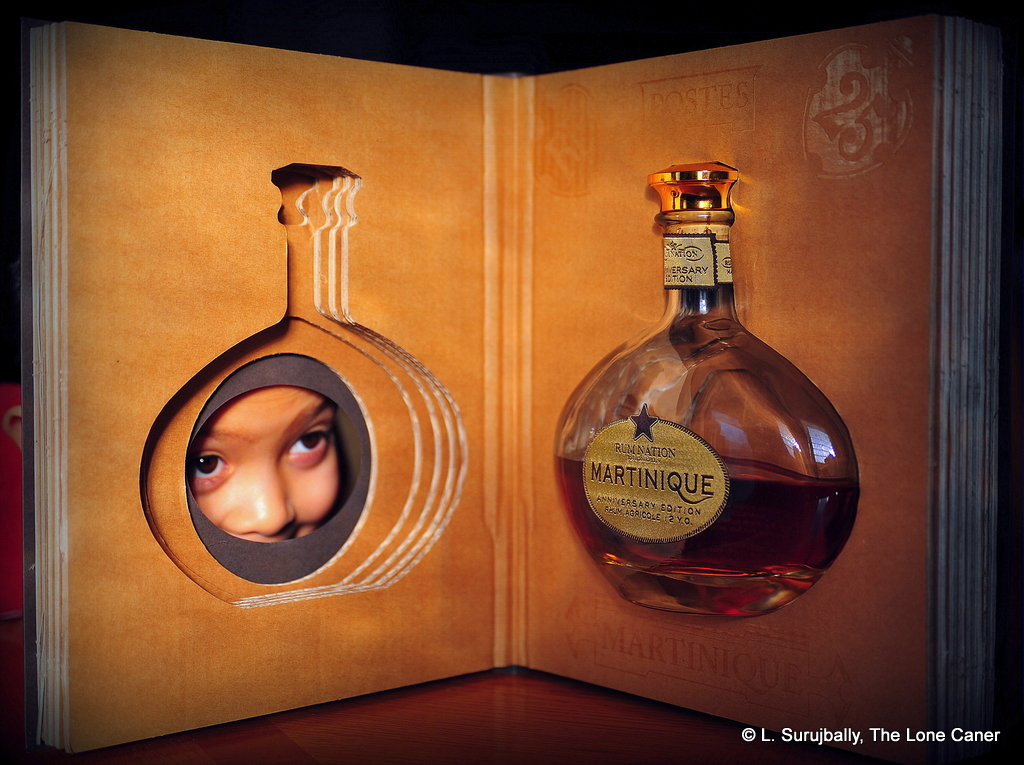
I (strangely) hadn’t read this essay till now. When I saw the year 1999 as the launch date for Rum Nation I wondered if there had been any anniversary releases. A quick google search showed me a Guatemala XO which their website states received an extra 16 months Oloroso and PX maturation over the 2018 Gran Reserva. I suspect at 80 proof it wouldn’t be of surpassing interest to you these days. But I still wanted to ask if you had encountered it?
Seeing the Millonario 10th Anniversary starting to pop up in limited places in North America actually prompted a search on that one which led me here. So again, do you have any experience with this older one, and if so any thoughts especially with the Millonario 15 Solera as a counterpoint?
The original Guatemala was a light sweet-ish, delicate rum that I liked, surprisingly, perhaps more than I should have…managed to pick up a bottle at auction some time back, but never got around to typing up my notes. It interested and interests me as a bottle from way back at the beginning of the rum renaissance and Rum Nation. Released now in a new edition, it would be a harder buy to justify….so far I’ve resisted.
I tried the original Millonarios when they first started hitting the market, before I had shed my beginner’s delight in rums that were sweet and smooth. I would likely not buy bottles of the newest iterations, though I would try a sample if I could get it, more out of curiosity and to simply enjoy after dinner than for any other reason.
I suspect a lot of longer term enthusiasts would share your indifference to the Millonarios and even the core range 80 to 86 proof Rum Nation country releases. That doesn’t make them unimportant. In an unrelated FB posting you shared some information from a small producer that the higher margins from the core range funded shared marketing and distribution costs for the “prestige” releases, which generated break even revenue. I suspect these economies would hold for an IB like Rum Nation as well. So if the Rares and Cask Strength releases are your jam these days, it’s the ongoing production of the more entry level releases that makes them possible.
Personally, I just wish Canadian distributors were doing a better job getting these 2017-19 core range releases on the shelves. (And maybe that Canadian consumers were doing more to support what is there. I’m tryin’, but I can’t do it alone.) 😉
Each person does what they can – just yesterday I was telling a guy in Taiwan (who voiced similar complaints) that if he did his own tastings, set up his own real-world or online clubs and simply kept at it, then sooner or later the profile woudl be raised enough to encourage stores to stock better juice.
The Western provinces are more rabid about whiskies, while Ontario, Quebec and the Maritimes have vocal rum fans, but are all hobbled by the archaic distribition laws and provincial monopolies – of which, as you know, I am a vocal opponent.